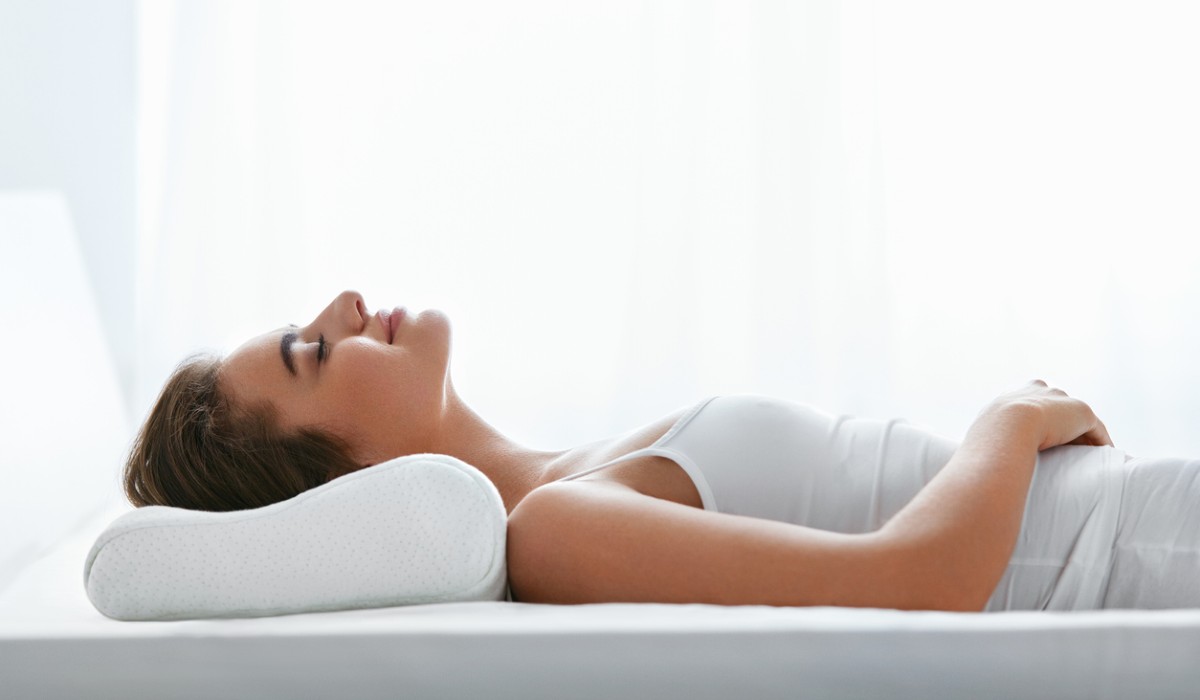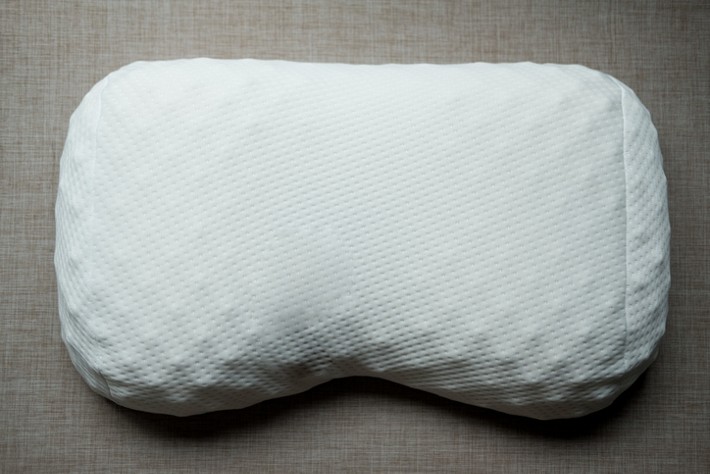Bye Bye Neck Pain! 12 Tips for Relieving Neck Pain Without Medication

Neck pain can make everyday activities unbearable, and if you are trying to avoid medication, relieving your pain can feel impossible. What if we told you you can reduce neck pain without medication with lifestyle changes, physical therapy, and relaxation techniques? This post will discuss twelve tips for relieving neck pain without over the counter or prescription medications. Whether your neck pain is due to a recent injury or an ongoing condition, these tips will help you find relief.
From proper ergonomics to mindfulness exercises, we’ll provide practical advice for reducing neck pain quickly and effectively. You’ll soon return to your routine with the right combination of lifestyle changes.
When it comes to neck pain, many factors can contribute to the discomfort and distress it can bring. Neck pain can occur for various reasons, but the good news is there are several strategies you can use to relieve your neck pain without resorting to medication. This article will discuss neck pain, its causes and warning signs, and twelve tips for relieving neck pain without a prescription.
What is Neck Pain?
Neck pain is a common condition that millions of people experience worldwide. It occurs when the muscles in the neck become strained due to overexertion or poor posture. The pain can range from mild discomfort to severe throbbing or stabbing sensations. Neck pain can either be chronic or acute, accompanied by headaches and dizziness.
Various factors can cause neck pain, including poor posture, muscle strain, disk degeneration, whiplash, injury from sports or physical activities, stress and tension, tumors in the spine, herniated disks, and spondylosis (a degenerative disorder affecting the spine).
Some of the common warning signs of neck pain include stiffness in the neck and shoulders, limited range of motion in the neck area, headaches at the base or back of the head, throbbing or stabbing pains in the neck area, radiating pain in arms or hands down either side of arms or hands), numbness in arms or hands that may extend to shoulders), difficulty focusing on tasks due to fatigue, or distractedness from persistent pain. If you experience any of these symptoms alongside neck pain, it may be time to consult a health professional for further advice and treatment.
Tips for Relieving Neck Pain without Medication
Below are twelve practical tips for relieving neck pain without medication:
(1) Adjust Your Posture
To reduce neck pain, maintain proper posture while sitting, standing, and sleeping. Poor posture is linked to an increased risk of shoulder and neck injury and will likely worsen muscle soreness or tightness over time. Keep your back straight and abdomen pulled in slightly while keeping your head up with your chin parallel to the floor. Take frequent breaks if sitting or standing for extended periods.
(2) Sleep in the Right Position
A wedge pillow is essential to ensure proper alignment while sleeping on your side or back. Keep your body straight when sleeping on your side with a pillow between your knees. If you prefer sleeping on your back, use a wedge pillow that elevates your head slightly to support your spine throughout the night. To reduce strain on the neck muscles, ensure you do not sleep with your arm under your pillow, as this will strain the shoulder muscles throughout the night, causing neck soreness in the morning.
(3) Exercise and Stretch
Exercises such as yoga, Pilates, stretches, and swimming help relieve tension from tight muscles and strengthen them, which helps reduce neck soreness over time. Make sure you are using slow movements when stretching so as not to strain any muscles unnecessarily – start with gentle stretches, then gradually increase them until they become more comfortable. Talk with a physical therapist or exercise instructor specializing in fitness for people with chronic ailments such as neck pain before investing in any exercise program so they can advise on what exercises best suit you based on your diagnosis and current physical condition.
(4) Use Heat and Cold Therapy
Applying heat or cold therapy can help relax tight muscles around the neck area. It can temporarily relieve muscle soreness caused by tension headaches or tightness resulting from long periods of sitting or sitting awkwardly at a computer desk, driving a vehicle, playing sports, etc. In addition, the heat helps increase blood circulation, which helps oxygenate sore muscles, improving their flexibility. At the same time, cold reduces inflammation, helping reduce swelling around tight muscles. Both heat and cold should be used for about 15 minutes at a time, only several times throughout the day, depending on your daily activity level or physical condition. It is best practice, however, to get advice from a doctor before using either heat or cold therapy, as both have advantages and disadvantages depending on individual cases, conditions, or diseases.
(5) Avoid Extended Computer Time
One way people tend to experience extra strain on their necks (without necessarily knowing) is when they spend too long typing away at their computers without taking adequate breaks throughout their working day. Maintaining proper posture while sitting at a computer desk prevents future injury. Still, even then, you should take regular intervals every 20-30 minutes throughout your working day as this gives our eyes and muscles some much-needed rest. A gap allows us time to take our minds off work-related thought processes.
(6) Practice Relaxation and Meditation
Daily relaxation practices such as yoga pose explicitly designed for those with existing neck injuries or issues, and light meditation sessions have proven effective methods for relieving tension from tight muscles. In addition, spending time learning a few simple yoga poses created especially for those with existing neck injuries can help strengthen these areas providing temporary relief from headaches caused by excessive tension and inflammation over time. Light meditation sessions can also temporarily relieve mental fatigue caused by overthinking, making it easier for those experiencing trouble sleeping due to constant worry about unresolved issues during the day.
(7) Maintain a Healthy Weight
Carrying extra weight strains our body and leads to aches and pains occurring over extended periods if left untreated. Maintaining healthy weight levels applicable to age or body type goes beyond just looking good. It aids us in living an active, healthy lifestyle free from daily aches and pains resulting from carrying extra weight around the whole day, leading to reduced mobility. Slight adjustments such as lowering lousy fat intake and increasing natural carbs intake through eating plenty of fresh fruits and vegetables per day will go a long way into helping improve mobility over extended periods. It can also reduce the need to start exercising altogether if combined with regular light workouts done often (at least three times per week), depending on individual preference!
(8) Massage and Acupressure
Massage therapy temporarily relieves muscle soreness from long hours spent typing away at computers. It stretches out tight areas within trigger points along the spine, leading to easier manipulation of muscles and reducing overall pressure experienced during daily activities. Additionally, acupressure has been a favorable alternative many individuals found helpful in aiding relaxation. It increases endorphins release leading to increased alertness throughout the day after a procedure!
(9) Practicing Yoga and Pilates
Yoga and Pilates have become increasingly popular for many seeking holistic lifestyles to gain physical benefits such as improved mobility and strength and mental benefits like increased concentration and focus. Learning a few simple poses during private classes taught by certified instructors and occasionally going to class with friends will help increase motivation to improve their well-being significantly if kept up regularly.
(10) Be Mindful of Your Cell Use
Using cell phones excessively over long periods (especially when using incorrect postures) has been linked to an increased risk of issues relating to improper alignment. Remember to take frequent short breaks when texting or playing games to avoid getting injured while using a device. It’s also important to be aware of your hand postures, especially your wrists, and shoulders, and to prevent excessive bending forward when reading small device screens. It can cause unnecessary strain on already tired eyes.
(11) See a Chiropractor
Seeking medical help and solving underlying cause problems by seeing a chiropractor may be beneficial. In that case, Chiropractic treatment involves the manipulation of spine joints to improve the musculoskeletal system. Sometimes even internal organs correct imbalances resulting in an improved overall sense of well-being and a decreased likelihood of future injuries due to enhanced range motion!
(12) Visit a Physical Therapist
Physical therapists are skilled professionals who specialize in helping patients achieve the highest level of functionality possible. They offer individualized treatments to improve posture and correct movement patterns, leading to healthier lifestyles. Visiting a physical therapist is often recommended for those with chronic illnesses or injuries to ensure proper treatment is prescribed and carried out safely and efficiently, potentially preventing further complications from arising over time.
Conclusion
Neck pain can be debilitating, but you can find relief without medication with the right combination of lifestyle changes, physical therapy, and relaxation techniques. With these twelve tips, you can be sure to find the best approach for your particular case, whether it’s improving your posture, using heat and cold therapy, or seeing a chiropractor or physical therapist. With these tips, you can be sure to put an end to your neck pain and be back to your routine in no time.



